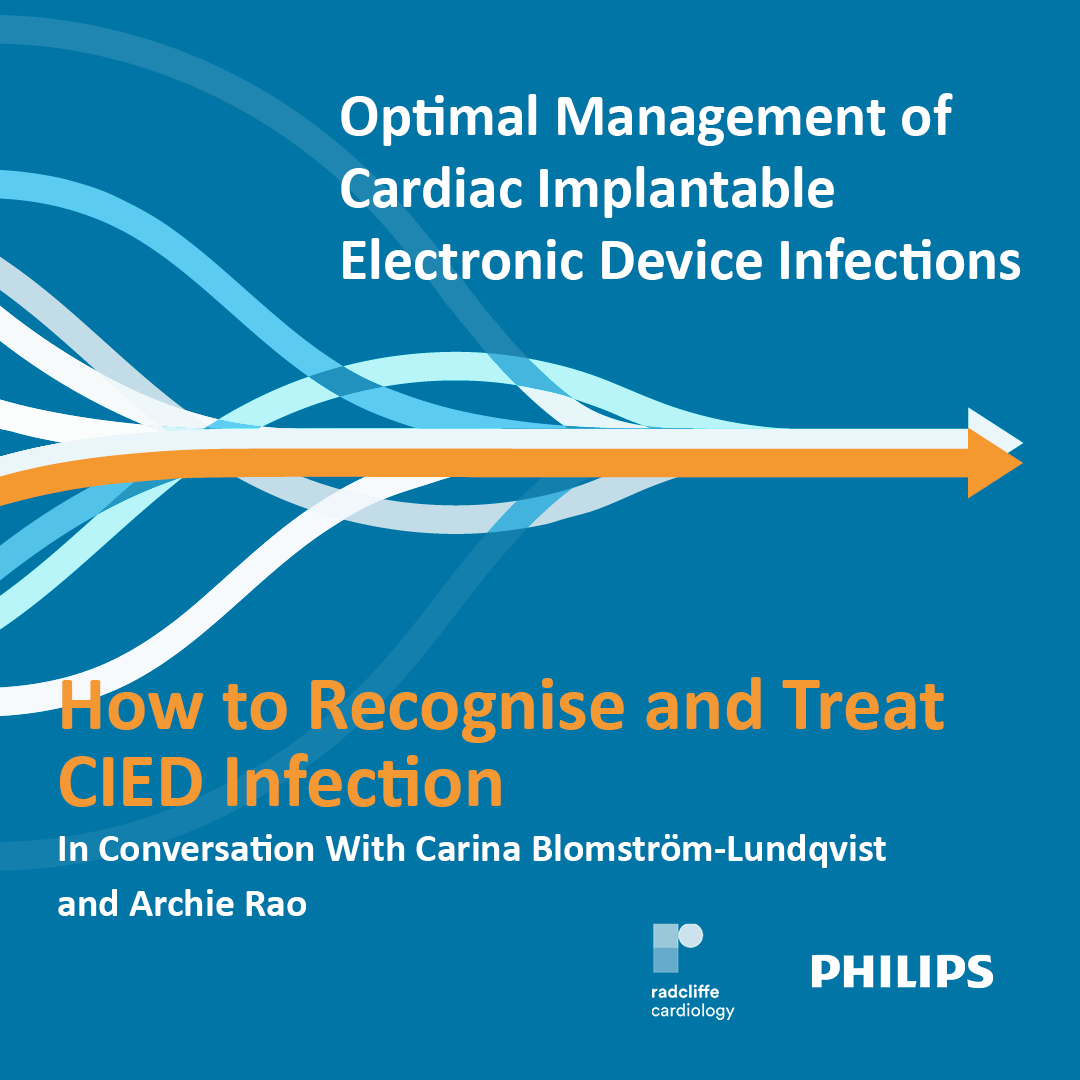
Although rare, infection of a pacemaker or a defibrillator is an important complication which must and can be treated effectively. Cardiac electronic implantable device (CIED) infection is a Class I indication for extraction but recent data has demonstrated that less than 2 in 10 patients receive appropriate treatment. Prof Carina Blomström-Lundqvist, Swedish Professor of Cardiology, and Dr Archie Rao, British consultant cardiologist, are both passionate about this topic. Carina Blomström-Lundqvist is the lead author of the European CIED infection guidelines and Archie Rao has led a gap analysis into the knowledge of CIED infection and treatment. They explain how to recognise a patient at risk and what to do to provide best outcomes for your patient.
This series is supported by Philips.
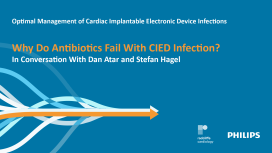
This series is supported by Philips.
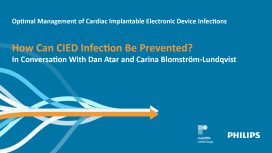
This series is supported by Philips.
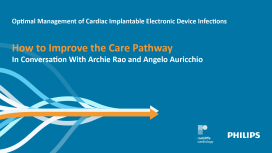
This series is supported by Philips.
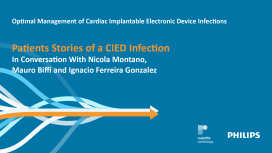
This series is supported by Philips.
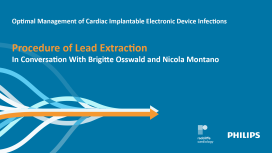
This series is supported by Philips.
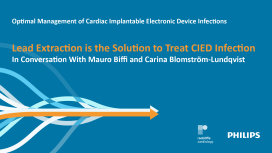
This series is supported by Philips.

This series is supported by Philips.
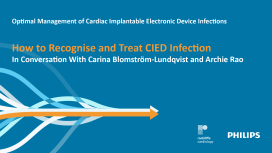
This series is supported by Philips.
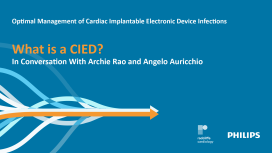
This series is supported by Philips.

This series is supported by Philips.

This series is supported by Philips.

This series is supported by Philips.

This series is supported by Philips.

This series is supported by Philips.





